
“Searenity”


“Ahh-Da-See” “Salty Tango”

“Sea-Esta”

“High Hopes”

“Riff Raff”

“Tenacious”

“Bliss”


Halloween Fun Shark Bite out of the Hornblower




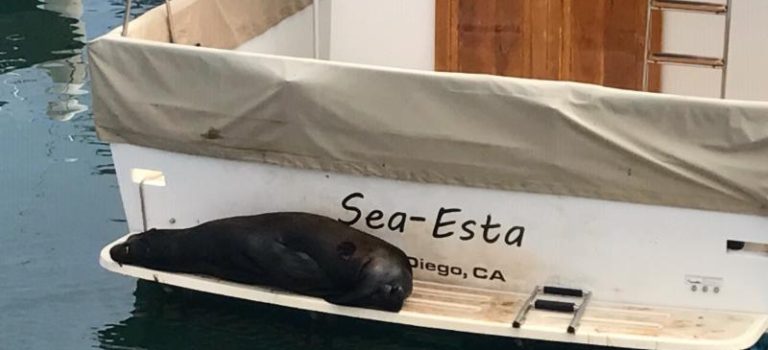

“Searenity”


“Ahh-Da-See” “Salty Tango”

“Sea-Esta”

“High Hopes”

“Riff Raff”

“Tenacious”

“Bliss”


Halloween Fun Shark Bite out of the Hornblower





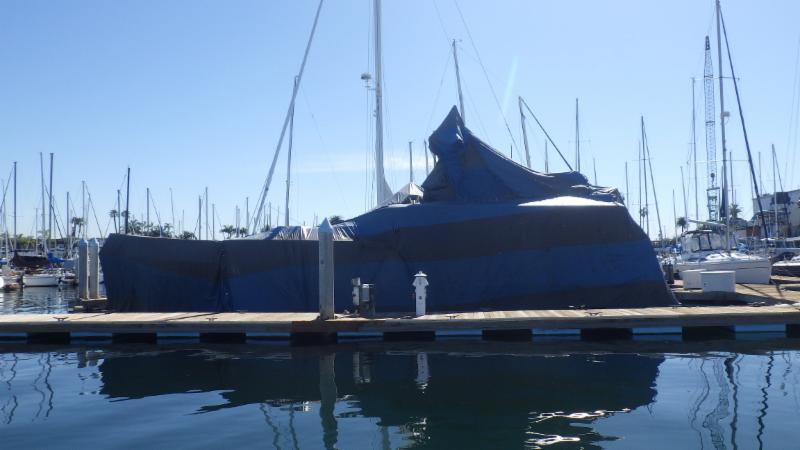
Boat in a Tent
 While airborne termites do not do as much damage as subterranean termites, they are never-the-less a problem for boaters. Even fiberglass boats use wood in their construction for bulkheads, stingers, interior and core.
While airborne termites do not do as much damage as subterranean termites, they are never-the-less a problem for boaters. Even fiberglass boats use wood in their construction for bulkheads, stingers, interior and core.


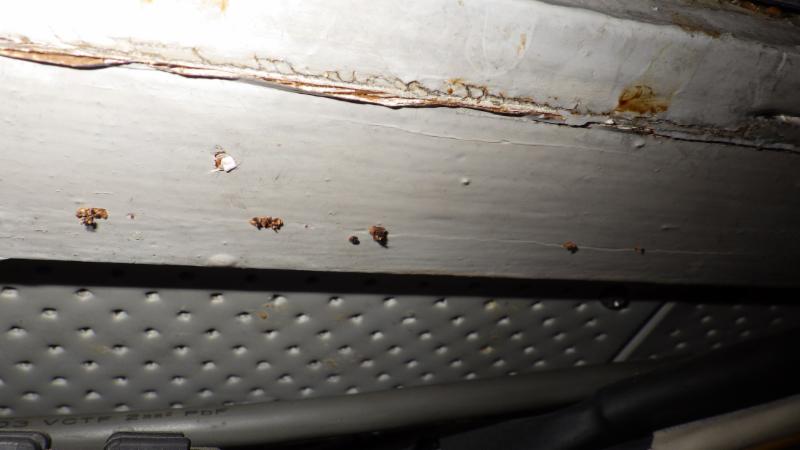
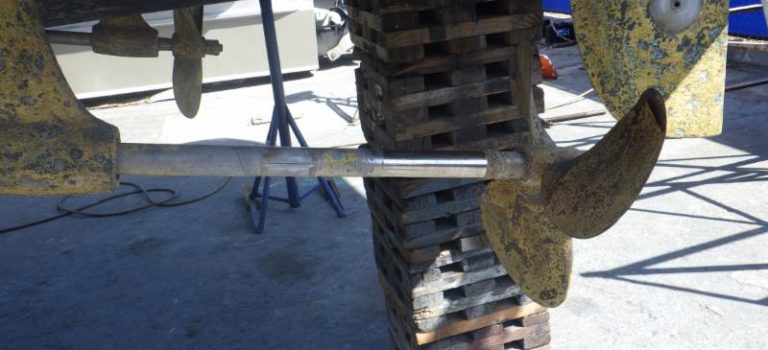
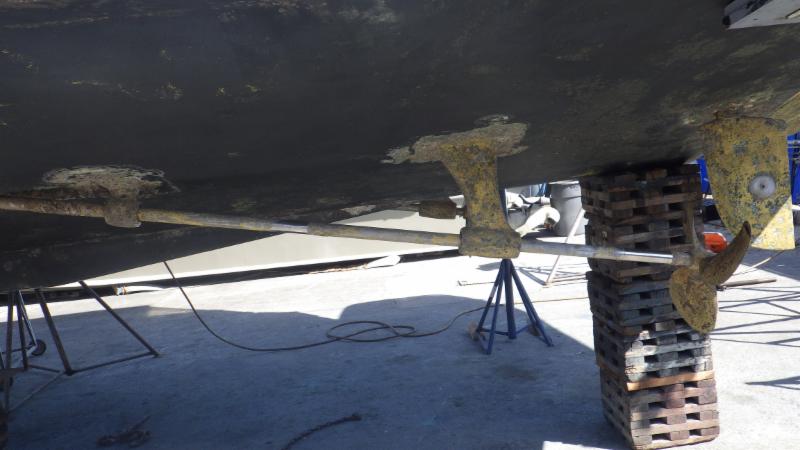
Do you see anything wrong in this picture?
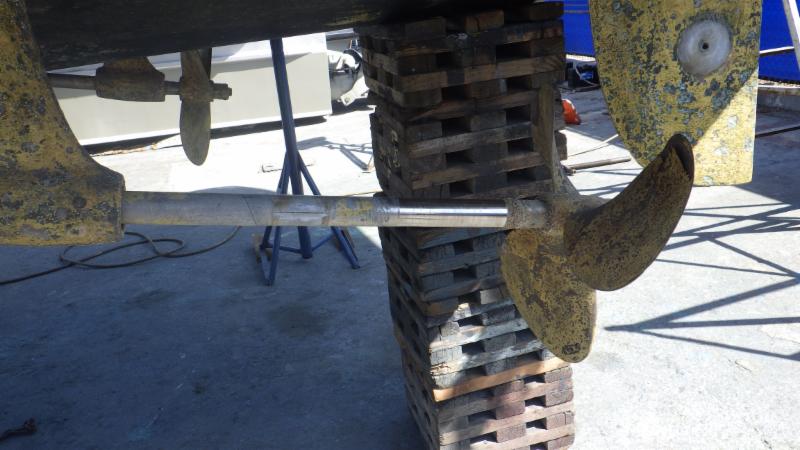
How about now, compare the two propeller shafts
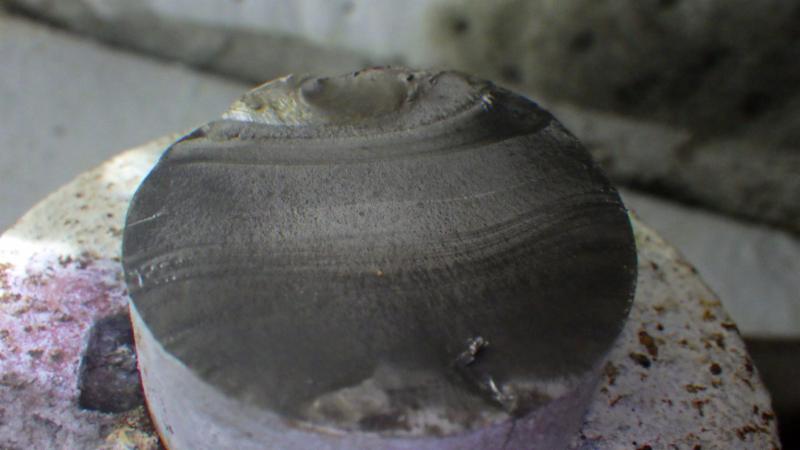
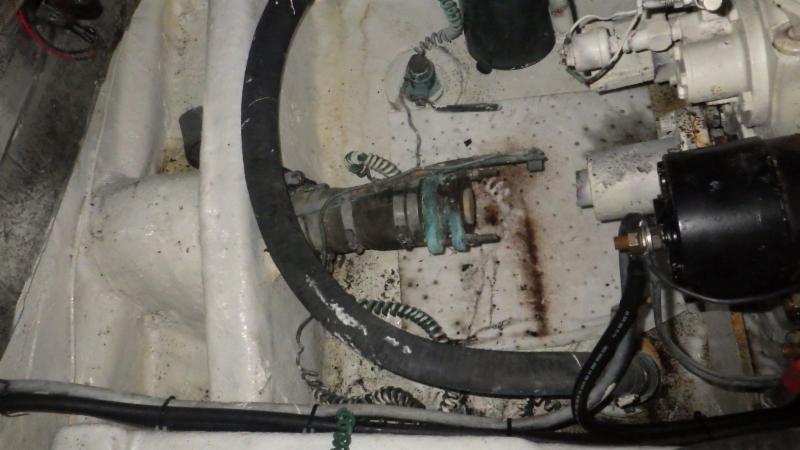
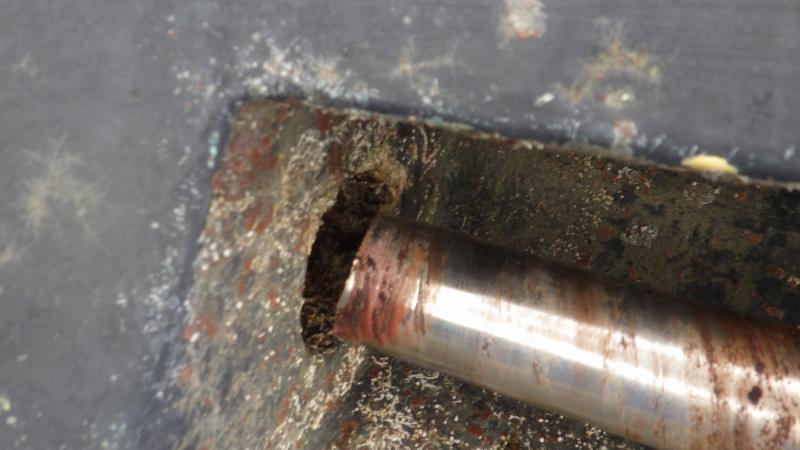
|
|
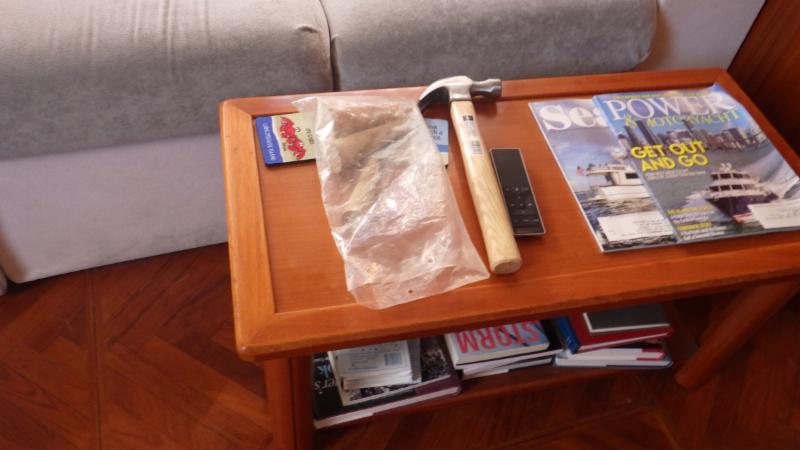
Emergency wooden dowels and installation tool
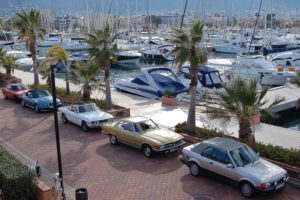
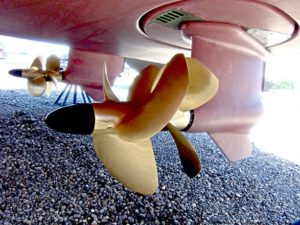
Autopilots have been around forever, but autonomous vessel operation is currently being developed using technological advancements, and some of the same systems used for self driving cars. Self driving boats are much easier most of the time; the ocean is big and has less traffic.
I recently drove a car with some autonomous features and while it added a component of safety, like mandating a safe distance between my car and the next car forward, I also noticed how easy it was to rely on that feature and let my guard down.
There are large scale self driving projects underway. Japan, Norway and Holland have autonomous vessel testing underway. The recent series of ship vs. ship accidents have been mostly attributed to human errors and many feel the outdated control technology can be improved upon. There is a company selling sailing drones for ocean research (saildrone.com). These vessels are controlled from remote control rooms and by computer programs (think Olympic drones.)
On several occasions the undersigned has surveyed a multihull sailboat that was converted to a fixed wing sailing drone for the military and later sold to the private sector. One of our jobs arose from this high powered vessel damaging its dock when the computers were removed for service and a large wind created extreme forces and ripped the dock loose. Usually the computers would orient the fixed wing sails to prevent such a problem.
In the recreational vessel realm, there are pod drives and conventionally powered vessels with “drive by wire” controls. For those unfamiliar with pods, both Volvo and Cummins offer drive systems that don’t include a rudder and all controls are electronic, no mechanical linkage and no hydraulics. The pods are transmissions protruding from the bottom of the boat which spin and thrust independently at the direction of the computer. The operator simply tells the boat where to go with either a joystick or “faux” conventional controls (steering wheel and levers) and the drive system computer decides what the pods need to do to make the boat go there.
We can all parallel park one of these boats.
This same control concept is in use on other drive systems, including inboard and outboard engines. The evolution of electronic control systems facilitates automation. I have spun boats in circles while moving in a straight line down the bay. There are dynamic positioning systems that can keep the boat in one location without an anchor. A now common test during seatrials is to push a button and watch the boat’s computer control the propulsion gear to counter the wind and current; the boat remains in one location and orientation.
And our claim files are full of problems with electronic controls, though far less now than in the early days of these systems. Still, we must keep a look out and be ready to take action to avoid a collision and not let our guard down.
Japan https://worldmaritimenews.com/archives/228202/nyk-to-test-autonomous-boxship-in-2019/
Norway https://worldmaritimenews.com/archives/237297/norway-opens-new-test-area-for-autonomous-ships/
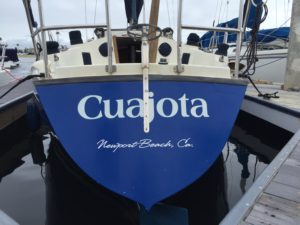
There are two ways to prove ownership of a US flagged vessel, Coast Guard documentation and state registration. All vessels over 5 net tons are eligible for Coast Guard documentation and the form of ownership record or title is an owner’s choice. Lenders generally insist on vessels being documented so they may be the subject of a Preferred Ship Mortgage.
Registered vessels must display the registration number and a current registration decal on both sides of the bow, while documented vessels must display the name and the hailing port on the transom or on both hull sides.
Naming a vessel can be a difficult decision, often reflecting a family member’s name or referencing the business of the owner in some clever way. Less thought is put into the hailing port, but the hailing port is a choice. It does not have to be the place where the boat is stored, where you live nor does it have to have any actual significance or relevance to your life. What do you think are the parameters for choosing a valid hailing port?
Recently I have seen hailing ports including Huntington Harbor, Mission Bay and Surf City. To my surprise Huntington Harbor and Mission Bay were both the hailing ports actually on the document. The owner of the vessel with hailing port Surf City liked Huntington Beach’s “official” nickname, but he was not in compliance with federal regulations as the hailing port on the document did not match the hailing port on the transom. As a result of these unusual haling ports, we researched the rules for hailing ports.
Throughout my career it had been my understanding that the hailing port had to be an actual city in the United States or a US territory. Some had told me that a hailing port had to have a post office, but I had never researched the actual rule, and I wondered what made a location a “city”?
My thanks (and a belated Happy Birthday) to Bernadine Trusso of Dona Jenkins Maritime Document Service, Inc. Bernadine discussed this issue with an officer in the Coast Guard and they confirmed that the website used by documentation personnel is https://geonames.usgs.gov/apex/f?p=138:1:0:::::
To determine if a location is a valid hailing port, click the “Query” tab, fill in the “feature name” and the “state” and then hit the “Send Query” tab. If the feature name comes up as written, such as Point Loma, the location is a valid hailing port. In the case of Point Loma the class is cape. In the case of Mission Bay the class is bay and in the case of Leucadia the class is populated place. The class of the location is irrelevant according to our source, as long as the feature name comes up as you have searched it, without additional words.
The name and the hailing port must be displayed externally on the vessel, either on both sides of the hull or on the transom. The hailing port must include the place and a state, territory, or possession of the United States. The state may be abbreviated.
We often find hailing ports without the necessary state, territory or possession included. We often find names and hailing ports from prior documents, legally requiring modifications to the current documented name and hailing port. We occasionally find registration numbers on documented boats (a no no), documentation numbers on the exterior of boats (unnecessary) or no identifying numbers, name or hailing port (begging to be boarded by the authorities).
Registered boats may have names and hailing ports, but these boat names are decoration, an expression of individuality, and can be changed at any time as they are not legally significant. Based on my newly found resources, Huntington Harbor and Mission Bay are in fact valid hailing ports, but not Surf City and now you have the ability to be as creative with your hailing port as with your vessel’s name.
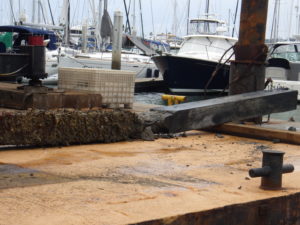
The basic idea of a neutral safety switch is to prevent starting a boat’s engine when its transmission is “in gear”. This prevents the boat from moving suddenly and unexpectedly when an engine is started and is a good safety feature. An unexpected sudden movement of a boat can be catastrophic.
Recently a 90’ motor vessel’s engine started in gear and damaged the dock to which it was secured. Fortunately there were no injuries. There were several contributing causes, including a new operator unfamiliar with the systems and either no neutral safety switch or one that didn’t work.
I polled a few mechanics and inquired if they test the neutral safety switch function during mechanical surveys. Most do not.
The mechanics all mentioned that many boats don’t have these devices. One mechanic/surveyor said that most sailboats don’t have them. A Detroit Diesel specialist said that Jimmy’s usually don’t have them, but I was on a 118’ Hatteras at the moment that did have them on all three 12V92’s. Most small boats with outboards, outdrives and gasoline inboards have a neutral safety switch in the engine control handle. Some transmissions have the switch mounted on the shift lever. Hydraulic and pneumatic controls (like the one in the 90’ MY) can have them, but many do not. Most new electronically controlled engines do have them as part of the control system.
What this means to us as boaters is we can not assume our boat has a neutral safety switch and we should know so we can take proper actions to prevent an accident. There is a way to safely test the neutral safety switch. The basic idea is to find the switch’s wires, check for continuity in neutral and make sure continuity is broken when the transmission control is not in neutral. For those interested in a bit more technical specifics see the following from Ricky at Advanced Marine Power:
“Safely checking the switch would entail using a voltmeter/multimeter with the ability to read resistance/ohms. Place the two leads of the meter on each wire/terminal of the neural safety switch. Set the meter to read ohms; this will check for electrical continuity. Turn the ignition key on, but do not start the engine. There should be a resistance value on the meter, signifying that the electrical circuit has continuity. With the key still on, engine not running, shift the transmission into forward. Check the meter. There now should be no resistance value, or “OL”. This signifies that the electrical circuit does not have continuity, and thus will not allow the engine to start. Repeat the process by shifting into reverse.”
Then there is the layman’s method, put the transmission control in gear and try to start the engine. If you are ready for it, you should be able to control throttle and dock lines so that if it does start, you don’t hurt anything. You can also just bump the starter, versus starting the engine.
Either method will give you crucial information as to the function of your engine starting system and reduce the potential for surprises, boat or dock damage or worse.
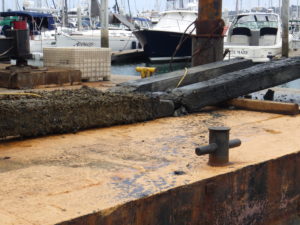
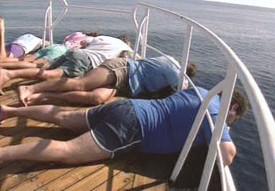
When the eyes perceive a different movement than the inner ear experiences the result can be sea sickness for a boater. While this is the common belief, the actual cause of sea sickness is not agreed upon by the medical community. Approximately 30% of the population is relatively immune to sea sickness while another 30% gets very little relief from common medications.
The research supports my personal experiences with sea sickness. While I have been sea sick, and understand the feeling, it is rare for me but three of our family of five are prone to it. Research suggests anxiety about sea sickness contributes to its frequency and rest and hydration help prevent it.
Eating lightly, including snacks such as ginger snaps and pretzels is preferred to not eating or to eating greasy or acidic foods. Wind across your face and staring at the horizon are proven to reduce discomfort and avoid others who are sick. Driving the vessel (and driving the car) is also helpful. Your senses tend to agree when you are in control of the boat and watching the seas. The back of smaller boats and amidships near the water line in ships generally has less movement. Staring at the horizon on deck is preferred to confusing your senses down below. An easy rule to remember is back of the boat and front of the plane.
If one of the crew is sick, exercise caution if they are heaving over the side of the boat. Sea sickness is bad but a person overboard, particularly in heavy weather, is worse.
There are both homeopathic and “western medical” means for prevention and acute treatment of motion sickness. Homeopathic treatments generally have little to no side effects. Research indicates that some treatments are extremely effective on some people, thus trying various treatments is suggested. Unfortunately there are so many variables and unknowns in motion sickness, your personal research may take a long period of time and accurate record keeping to be effective.
A common homeopathic treatment is acupressure or electro acupuncture on the T6 pressure point. This is the pressure point approximately two fingers up the forearm from the wrist. There are a multitude of wristbands and bracelets which apply pressure to this pressure point. There are electric wrist bands with variable intensity settings and both of these methods are effective on some.
There is an extensive amount of medication available for sea sickness. Primarily anticholinergics and antihistamines are used. Scopolamine is usually applied as a patch behind the ear and it works as both prevention and treatment for sea sickness. Antihistamines such as Dramamine and Bonine are most effective as preventative medicines and need to be ingested one to two hours prior to departure. The common side effects include drowsiness and dry mouth.
A non FDA approved medicine Cinnarizine (brand name Sturgeon) is mentioned in several studies and may be the most effective antihistamine with fewest side effects.
NASA and the U.S. Navy use conditioning and de-sensitization to reduce motion sickness in astronauts and pilots. So get out there, boat more often, and stop worrying about getting sick.

Here are a two of many helpful sites:
https://www.wholesomeone.com/condition/motion-sickness-natural-treatments
http://www.webmd.com/drugs/condition-13723-Prevention+of+Motion+
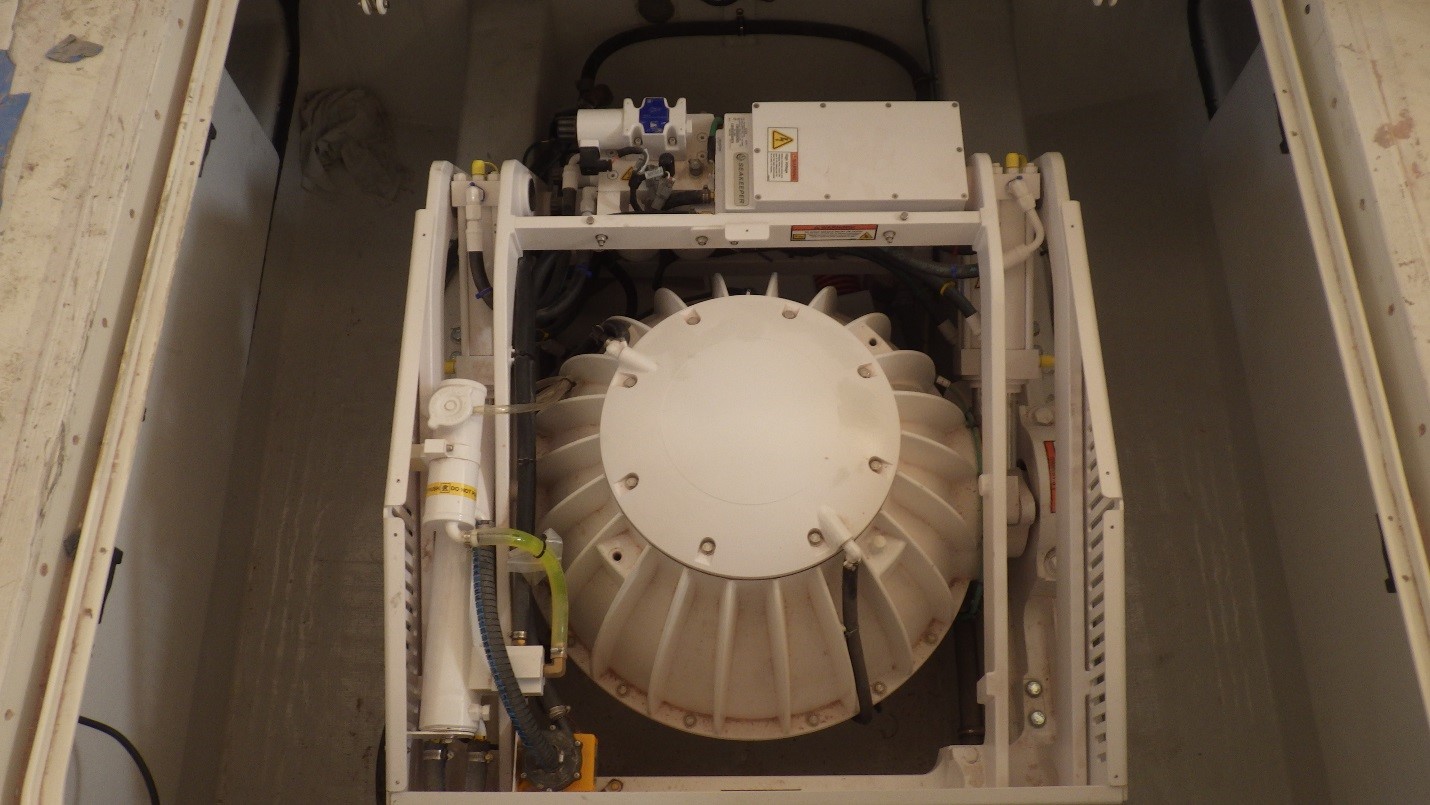
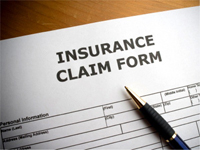
While brain-storming with our assistant, Ms. Anna Rosvall, on subject matter for a newsletter, she suggested this subject. As we have been assisting with marine insurance claims for over two decades, she thought we could write something that would be informative, helpful and interesting. Well, two out of three is not bad.
Along with every insurance policy issued is a declarations page. The declarations page identifies the insured, the vessel, the inception date (most policies are annual), the policy number and the various details of coverage and policy limits. The policy which follows the declarations details the various coverage provided and is very useful if battling insomnia. Compared to an insurance policy this article is a “thriller.”
Review of a declarations page from a major player in the boat insurance market revealed nine separate coverage areas. They include: property, liability, pollution, medical, tender, personal effects/sport equipment, towing, uninsured boaters and longshoremen/harbor workers. Most policies will not include all of these options and a review of your policy may reveal an unexpected exposure. An understanding of the coverage will allow you to utilize your policy better.
The appropriate time to file an insurance policy varies depending on the policy, coverage and the event details. Some decisions are easy: IF – your boat burns, sinks or is involved in an accident, THEN – you file a claim. If a guest falls and is seriously injured; file a claim. But, what if your engine fails?
The most often used portion of boat insurance policies is the property damage coverage. It provides coverage for damage to the boat itself. The property damage portion of the policy includes a deductible. Deductibles vary and are often a percentage of the boat’s value and are the amount the insured will pay toward any covered loss, prior to the insurance company’s contribution. If the property damage loss is less than or equal to the deductible, there is no benefit to filing a claim. If in doubt get a repair estimate prior to filing a claim.
Damage to a boat’s engine is addressed under the property damage section of the policy. It is an area of coverage that is often misunderstood. Most recreational vessel insurance policies are “all risk”, versus “named peril” as is the case for many commercial policies. An “all risk” policy provides coverage for virtually any cause of loss, except those causes which are specifically excluded. Thus, many insurance claims on engine failures are covered. While there are policies which exclude mechanical break down, filing a claim for an expensive engine repair is generally worth the potential, limited downside. We are continually amazed at what is covered with respect to engine claims.
For a most interesting conversation ask your dock buddies if the damage to your boat or engine is covered by insurance. This subject is second only to corrosion for the prevalence of misinformation.
Another benefit of a boat insurance policy is the ability to shift responsibility for primary payment and recovery if your boat is damaged by a third party. A classic example is when a vessel is damaged in transit on a truck or a ship. While the shipping company may be liable for the damage, pursuing and obtaining payment is often difficult. By filing a claim with your own insurance carrier, they will assume the responsibility for payment of the repair invoice and recovery from the responsible party (called subrogation in the industry).
Another area with surprising benefits is undiscovered or latent defects in the vessel. A latent defect is: a flaw or other imperfection in any article which is discovered after delivery; usually, latent defects are inherent weaknesses which normally are not detected by examination or routine tests, but which are present at time of manufacture and are aggravated by use. (McGraw-Hill Science & Technology Dictionary)
While some policies will exclude latent defects and the damage resulting from the defects, others will provide coverage for resulting damage, which is often the most significant cost of the repair.
As a general rule of thumb the property damage portion of the policy covers sudden, accidental and fortuitous events and excludes normal wear and tear.
The liability coverage on your policy protects you from exposure from claims filed by others arising out of the ownership, operation and maintenance of your vessel. Basically this coverage requires negligence on your part and financial damages arising from personal injury or properly damage to an uninsured party, but may also cover such things as loss of income or loss of use suffered by a third party. This is the coverage in the policy which will pay for your legal expenses for defense and any judgment, up to the limit of your policy. We strongly encourage you to exercise this benefit rather than face any potential law suit personally. It reduces stress and in the unfortunate, but far too common event of a law suit, it is why you paid your premium.
The medical coverage or “med pay” portion of your policy does not require negligence on your part. It provides payment for cost for medical care arising from almost any injury aboard your vessel. Virtually all policies cover your guests though some exclude the owners specifically and most exclude paid professionals. It has been our experience that adjusters are very liberal in disbursing funds from the “med pay” portion of the policy, as it is an easy way to prevent personal injury lawsuits. In most cases it should be offered up with no hesitation, though the limit is low it establishes “good will” quickly.
Paid professionals are generally expected to carry their own insurance and are often covered under the Jones Act, a marine equivalent to worker’s compensation. If you wish to cover professionals on your vessel you may purchase longshoremen and harbor workers coverage, referred to as LS & H.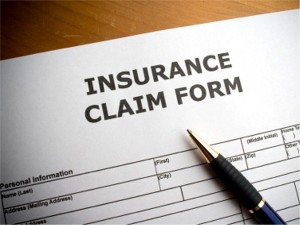
Pollution is an ever growing area of coverage on boat insurance policies. While some policies may exclude the cost to clean up the pollution and the fines related to it, others will provide specific coverage, separate from the liability protections. Not only is it a good idea to keep oil in the engine, discharged oil is bad for the environment and your bank account.
The property damage portion of your boat insurance policy generally covers property that is normally aboard the vessel and used for the operation and maintenance of the vessel exclusively. It does not cover personal effects such as jewelry, laptops and sporting equipment. While this type of property may be adequately covered by your homeowners insurance, it is wise to discuss any components of value which are brought aboard the vessel with your agent. High value art work aboard mega yachts is often covered by specific riders for that piece of art.
Small boats, including trailer boats and tenders, often have separate coverage and thus opportunities for claims, which are different from larger yachts. Outboard engines are often covered separately, with their own deductible. Trailers are almost always covered separately, though a skilled negotiator may persuade the adjuster to buy the trailer along with the “totaled boat”. Every spring we see several claims resulting from small boats filling from winter rain water. Many of these are covered losses. A tender on a larger boat usually has a much smaller deductible and thus filing a claim for a smaller amount may still provide relatively significant benefit.
Uninsured boaters coverage is an option offered by many underwriters. While some carriers use this coverage only for excess medical expenses, others may allow this coverage to waive your deductible for property damage caused by an uninsured boater. If you have this coverage, don’t forget to request its benefits, which may be overlooked by your busy adjuster.
There is very little downside to filing an insurance claim. The worst outcome is generally a denial. Being told “no” and not receiving compensation for the financial exposure is generally worth any loss of your “no claim discount”. Many policies provide a “no claim discount” upon issuance of a policy; some provide a similar discount upon renewal. The loss of this credit is miniscule compared to the amount of the average claim. Multiple claims, however, can result in difficulty in obtaining insurance and cancellation of a policy.
Stay tuned for an exciting follow up, “How to file and manage a boat insurance claim”.
This article was edited on February 26, 2016.